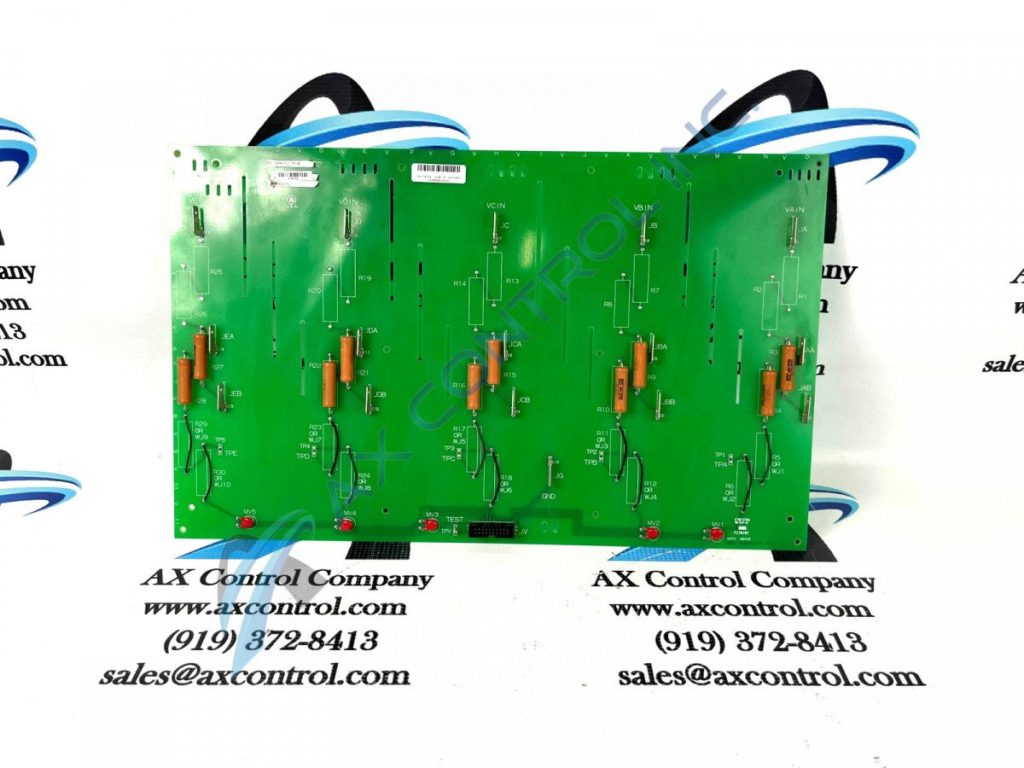
In this short blog post we’ll answer some of the most common questions about combined cycle power plants.
What is a combined cycle plant?
Power plants generate electricity by driving a generator rotor through connected turbines. Power plants use different ways to generate the force to turn turbine blades. A mechanical force from wind or water or energy capture from fuels like coal, diesel, natural gas, and uranium changing states turn the blades.
A combined-cycle plant is a kind of thermal power plant. It uses a combination of two cycles of different energy capture. The first cycle uses natural gas combustion, which drives the generator. The heat from this cycle is used to create steam. The steam is used in the second cycle to produce energy via a steam turbine before the steam condenses back into water.
There are currently more than 350 commercial combined-cycle plants in operation, worldwide.
Do Combined Cycle Plants Have Advantages?
In short, yes. Combined cycle power plants that use gas and steam turbines together typically produce as much as 50% more electricity than a plant with only one cycle.
Combined-cycle plants take full advantage of waste heat from gas turbines. This energy, which is then sent through to the steam turbine, significantly improves efficiency.
Additionally, combined-cycle plants offer extra flexibility. These plants can adapt to electrical demand by pushing operations to full capacity when needed, but dropping to as little as 45% partial load when demand lessens.
Finally, combined-cycle plants use less water than conventional thermal plants, as much as 60% less. And they can significantly reduce emissions of harmful pollutants like CO2, sulfur dioxide, and nitrogen dioxide.
Do Renewables and Combined Cycle Power Plants Work Well Together?
Most definitely. In fact, newer, flexible designs aim for fast ramp-up speeds. These plants load follow changing demand as outputs from grid-connected renewables peak and dip throughout the day.
The combination of connected renewables and a combined-cycle backup allows for smooth power distribution. The combined-cycle plants start quickly when demand exceeds other outputs, then shuts down when resources aren’t needed.
Find this topic interesting? Consider doing more research on the following terms:
- Brayton cycle
- Cheng cycle
- Rankine cycle
- HRSG, or heat recovery steam generator
- Carnot efficiency
- Syngas
- IGCC, or integrated gasification combined cycle
- ISCC, or integrated solar combined cycle
- Allam power cycle
General Electric is one of the primary providers of combined cycle turbine systems. If you need help with GE turbine replacement parts, AX Control can help! Talk to our team today.

You must be logged in to post a comment.